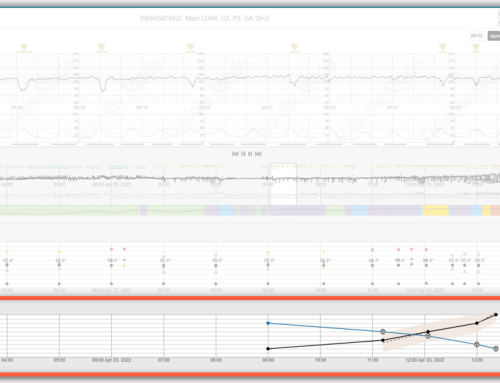Publication: American Journal of Obstetrics and Gynecology
Date: April 2011
Author: Emily F. Hamilton, MD; Samuel Smith, MD; Lin Yang, MSc; Philip Warrick, PhD; Antonio Ciampi, PhD
Abstract
OBJECTIVE: Statistical methods that measure the independent contribution of individual factors for third-/fourth-degree perineal laceration (TFPL) fall short when the clinician is faced with a combination of factors. Our objective was to demonstrate how a statistical technique, classification and regression trees (CART), can identify high-risk clinical clusters. STUDY DESIGN: We performed multivariable logistic regression, and CART analysis on data from 25,150 term vaginal births. RESULTS: Multivariable analyses found strong associations with the use of episiotomy, forceps, vacuum, nulliparity, and birthweight. CART ranked episiotomy, operative delivery, and birthweight as the more discriminating factors and defined distinct risk groups with TFPL rates that ranged from 0-100%. For example, without episiotomy, the rate of TFPL was 2.2%. In the presence of an episiotomy, forceps, and birthweight of >3634 g, the rate of TFPL was 68.9%. CONCLUSION: CART showed that certain combinations held low risk, where as other combinations carried extreme risk, which clarified how choices on delivery options can markedly affect the rate of TFPL for specific mothers. Key words: classification and regression, episiotomy, perineal laceration






